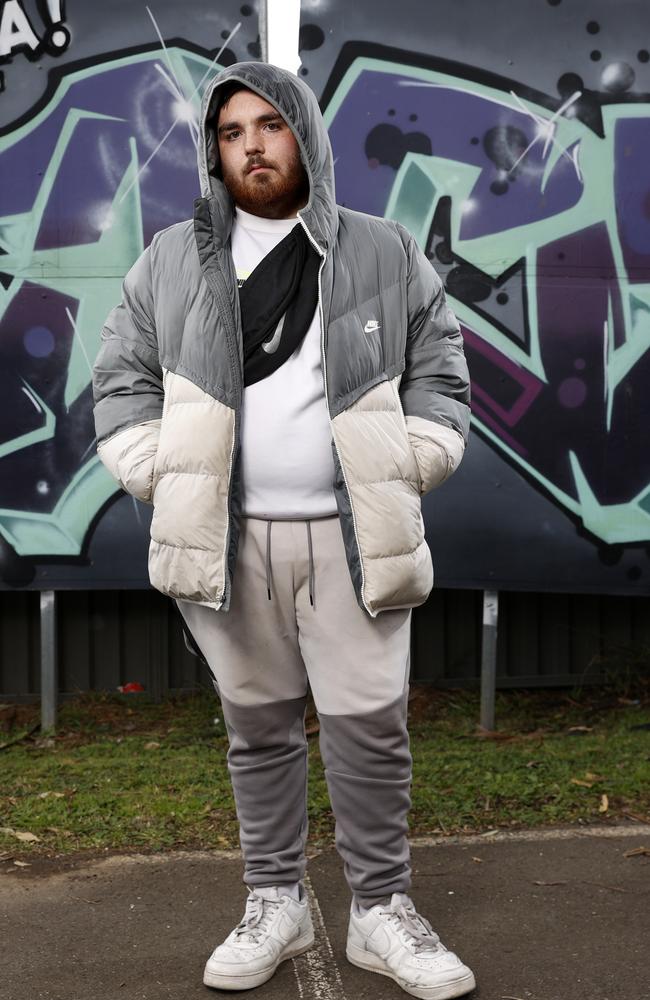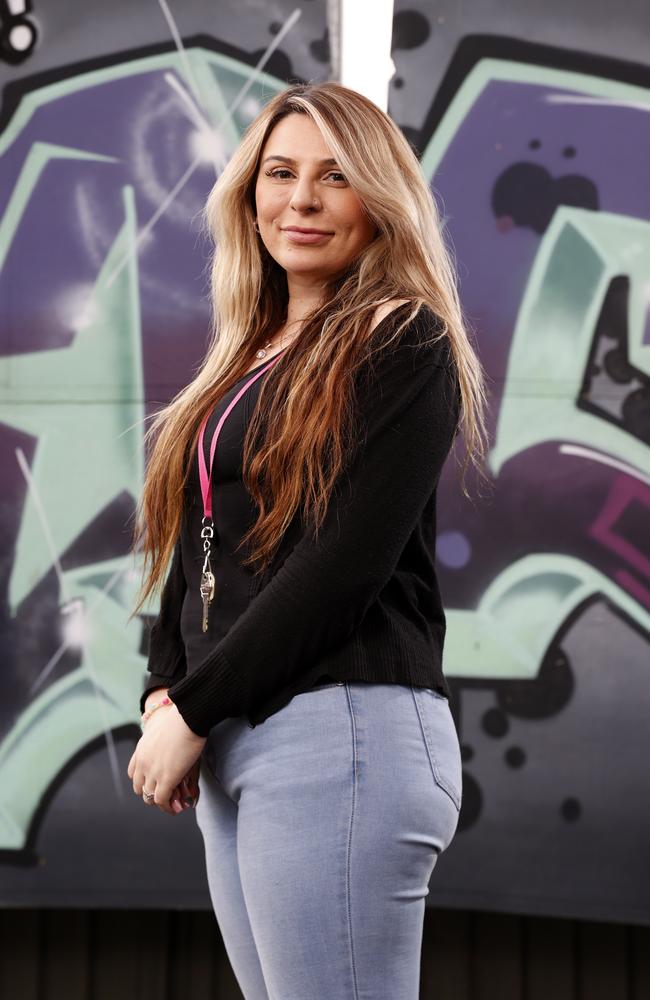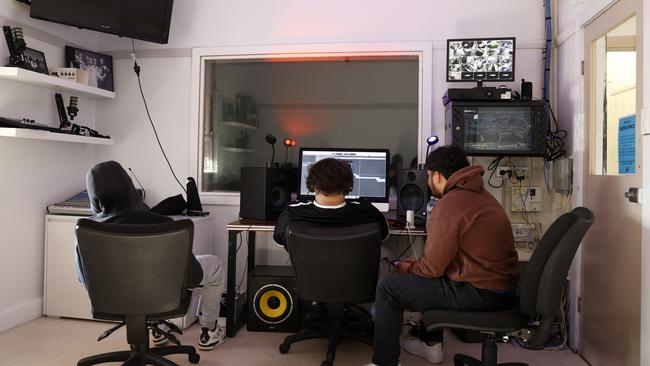Closing the Gap: Sydney centre playing their part to help Indigenous Australians
He is one of thousands of young Indigenous people in his community to have battled homelessness, mental health issues and substance abuse. Yet he does not live in remote Australia but in Blacktown, the very heart of Greater Sydney.

NSW
Don't miss out on the headlines from NSW. Followed categories will be added to My News.
He is one of thousands of young Indigenous people in his community to have battled homelessness, mental health issues and substance abuse.
Yet Wiradjuri-Kamilaroi man Daniel Cameron does not live in remote Australia but in Blacktown, the very heart of Greater Sydney.
More than 11,800 Aboriginal and Torres Strait Islander people live in the area, according to the 2021 census, making it home to one of the largest urban Indigenous populations in Australia.
The community faces far greater social and economic disadvantage than other sectors of the population with lower levels of education and higher rates of homelessness and incarceration among young Indigenous people in Blacktown.
Mr Cameron, 18, faced a difficult childhood, where help was often few and far between.

After being born into the care of the then-named Department of Community Services, Mr Cameron was placed in the care of his maternal grandmother at the age of four.
“I’m half Aboriginal, half white fella,” he said.
“The problem is I don’t really know my background because my Aboriginal side is my dad’s side and I lost my dad when I was quite young.
“I’ve never been able to meet my dad’s side of the family but I’ve been trying to do that … I’ve been reaching out to them but they don’t reach out back.”
At the age of 15, Mr Cameron was kicked out of home and found himself living on the streets of Sydney. During this time, he battled with drug and alcohol use. He was not offered shelter by government services and did not know where to go for help.
“I needed my family around me, but because I got kicked out of my home I did not know who to trust,” he said.
“Most people (on the streets) here are scared to ask for help because they think they’re going to be robbed or that.
“One of my old school mates, he found me on the street, he took me to the police station and they got me into youth care.”

More than five per cent of Blacktown’s Indigenous population was homeless in 2021, according to Homelessness NSW.
Education is another key area in which Aboriginal and Torres Strait Islander disadvantage persists, with only 30.9 per cent of Indigenous students in Blacktown completing Year 12, compared to 41.8 per cent of Indigenous students across Greater Sydney.
Rates of Indigenous suicide, children in out-of-home care and incarceration are among key “Closing the Gap” targets the federal government is failing.
Organisations like the Blacktown Youth Services Association (BYSA) have stepped into the breach. Mr Cameron regularly attends the youth centre, mostly to make music in the centre’s recording studio.
“I’ve only been getting into it in the last two years because I battled depression and I had bad suicidal thoughts so my way out of that is making music,” he said.
BYSA chief executive Jackie Machado said the centre can often get up to between 30 to 40 young people a day needing help, many with similar stories.
“There’s a huge stigma specifically for young people in the Blacktown area, a lot of people in the Blacktown region are marginalised and vulnerable,” she said.
“There’s a high percentage of Aboriginal and Torres Strait Islander people in our area and also things like child protection concerns.
“There’s so much going on for these young people and they find that our centre is a safe place for them.”

Yet Ms Machado said the centre was in danger of having to close its doors after funding is due to end in December next year, relying on donations and grants to stay open. Despite applying for government funding to keep the centre running, they have yet to hear back. The centre is seeking additional funding to stay open.
Ms Machado said giving youth a place to go for food, shelter and to make friends was an important part of helping give them a future, with many displaced youth preferring to go to the centre over a homeless shelter.
“They don’t feel safe in refuges, they’re mixed with a bunch of 40 and 30 year olds,” she said.
“So many of our young people have disclosed to us the horrible things that have happened to them there – many have been sexually assaulted in these refuges,” she said.
“They’ve fallen through the cracks.”
For Wiradjuri woman Tray-cee Clissold, making music at BYSA and making new friends helped her overcome the difficulties of her childhood.

“I spent my childhood in foster care, moving from place to place around Sydney,” the 20-year-old said.
“I never knew my family — I’ve suffered extreme mental health issues because of this but BYSA has helped me because I can engage with people more.”
Similarly, for Indigenous Blacktown youth Tai King, 16, access to treatment for mental health issues has been a key problem. Instead she relies on centres like BYSA to provide the support she needs.
“A lot of people here have helped me … I have suffered relapses with suicidal thoughts but the staff here are very kind,” she said.
“Now I come here to make friends and I absolutely love it – everyone is lovely.”


